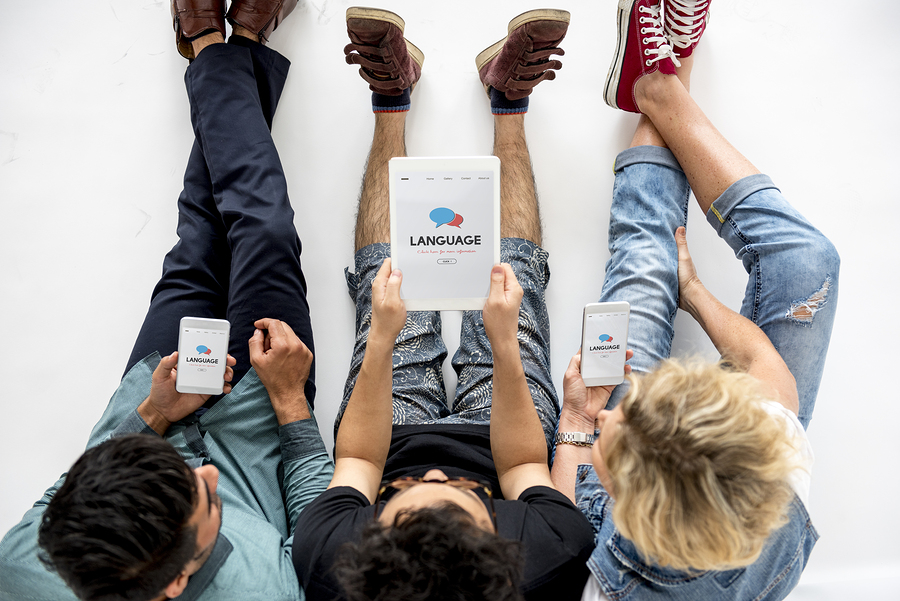The business world has gone through an enormous transformation in the last two decades, primarily because of the rise and rise of the internet. It seems hard to remember now just how insular much of business really was before the late 1990s. To a certain extent, the fact that so many businesses now see the world as their oyster is a reflection of just how connected the world has become. Huge, new markets have appeared in Asia, with China and India leading the way, as well as millions of new consumers across South America and Africa.
Website translation hand in hand with global business expansion
Together with the globalisation of business has come a huge demand for translation and localisation services. Every business that is intent on selling its goods and services beyond its own national borders depends on effective website translation. Localisation makes that translation even more appealing to the diverse communities around the globe.
Business adaptation hasn’t yet reached a natural plateau as there are new demands on marketing strategy. The growth in multiple internet capable devices has meant that website development has to take into account the fact that consumers may not use a desktop computer or a laptop to do their browsing and buying. They are just as likely to use a smartphone. The trend away from large devices to cheaper, truly mobile ones seems to be most obvious in Asia. Older consumer markets in Europe, Australasia and North America are still more likely to use a laptop or desktop than a smartphone but the gap is narrowing.
Need for mobile website translation adapted for smartphone and other truly mobile devices
For both globally oriented businesses and mobile website translation services, there is a real need to take into account what people are using, otherwise there is a danger that markets will be lost to more savvy competitors.
Mobile website translation not only has to adapt website content to small screen size, but to make content much more concise and easily readable. Smartphone users are most likely to use their device while busy doing other things. They may be making their way to work, on a lunch break, busy watching a sports event or communicating with friends or family. A more traditional website style just won’t grab their attention.




